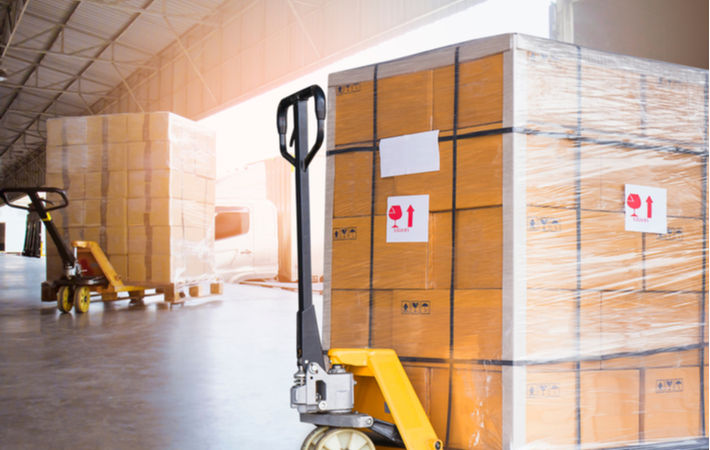While rise in freight costs have been an ongoing concern, companies in 2020 fourth quarter saw charges for US inbound routes rise to a nearly $10-billion shipping inflation problem. A Panjiva study showed freight costs may have added $9.53 billion to corporate costs in the fourth quarter and US seaborne imports climbed 20 per cent year over year in January.
The rise was mostly likely because of the degree of congestion caused by vessel reduction that had been delayed in offloading as well as increased demand for goods.While rise in freight costs have been an ongoing concern, companies in 2020 fourth quarter saw charges for US inbound routes rise to a nearly $10-billion shipping inflation problem. A Panjiva study showed freight costs may have added $9.53 billion to corporate costs in the fourth quarter and US seaborne imports climbed 20 per cent year over year in January.#
For most of last year, supply chains have had a number of challenges ranging from manufacturing disruptions caused by the coronavirus pandemic, mass demand destruction from shelter-in-place mandates, uneven economic recovery, more recently, a nascent surge in demand.
“The latter is a high-quality problem but nonetheless has brought with it a wide range of rising costs, particularly for freight expenses,” said Christopher Rogers, supply chain analyst for Panjiva, an S&P Global Market Intelligence company.
Rogers said in a press release that so far there is “little evidence that companies have responded to the higher costs by cutting demand for goods, perhaps indicating that they will be passed through to consumers.”
“Imports of consumer discretionary goods have been the biggest driver of that growth in the absolute number of containers, with growth in household appliances of 80.9 percent while consumer electronics and home furnishings grew by 17.2 per cent and 34.4 per cent respectively,” Rogers said in the study report.
“The cost of tariffs will likely increase [because] of section 301 duty exemptions being reversed in many instances,” he said. In addition, shipping rates will likely be driven by a mix of secular and cyclical factors.
Secular factors include spending on environmental remediation to green container shipping fleets globally, as well as ongoing investment in expanded infrastructure, which may keep rates higher for a longer period of time.
On the cyclical side, demand could decline once pandemic conditions are mitigated by the vaccine, and when current congestion levels clear up. But improved congestion wouldn’t necessarily translate to lower rates due to existing annual contracting for longer-term freight services.
Freight rates and shipping are not the only causes of price inflation facing supply chains, Rogers said. “Oil prices have returned to $58.6 per barrel (WTI) having dropped to a low of $11.6 per barrel and an average of $42.8 per barrel in the fourth quarter of 2020, S&P Capital IQ data shows,” he wrote in the report.
WTI is West Texas Intermediate crude oil, a specific grade of crude oil and a main benchmark, along with Brent and Dubai Crude, for oil pricing. Higher labour costs and enhanced worker safety requirements related to the pandemic also factor into the rising expenses.
ALCHEMPro News Desk (DS)
